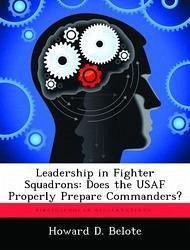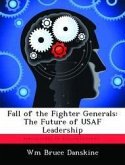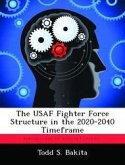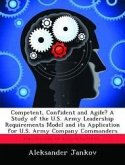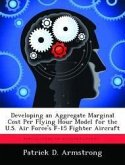In the USAF, the average fighter pilot never supervises enlisted personnel in his first twelve to fifteen years of service. His first direct supervisory role may occur when he becomes an operations officer or, even worse, a squadron commander. Prior to the 1991 "objective wing" reorganization, when a fighter squadron commander led 30 officers and a handful of enlisted, such a late introduction to supervision of enlisted may have had little deleterious effect. However, since the current fighter commander leads an organization of 250-300 personnel, he or she must be ready to lead and create unit cohesion from day one. Unfortunately, current fighter career paths provide few opportunities to learn or practice that type of team-building and leadership. This research asks, therefore, how rated commanders learn the skills necessary for squadron command. Using a pilot study, interviews, and previously conducted survey research, the project examines the perceptions of recent fighter squadron commanders and senior non-commissioned officers to determine if the Air Force properly prepares rated officers for command.
Hinweis: Dieser Artikel kann nur an eine deutsche Lieferadresse ausgeliefert werden.
Hinweis: Dieser Artikel kann nur an eine deutsche Lieferadresse ausgeliefert werden.

